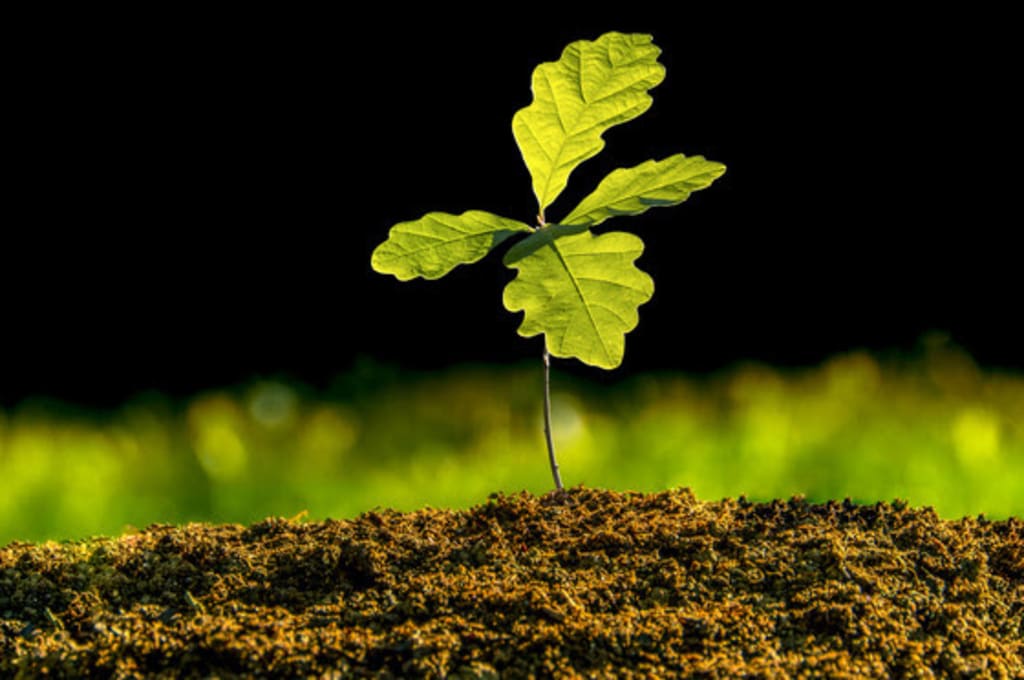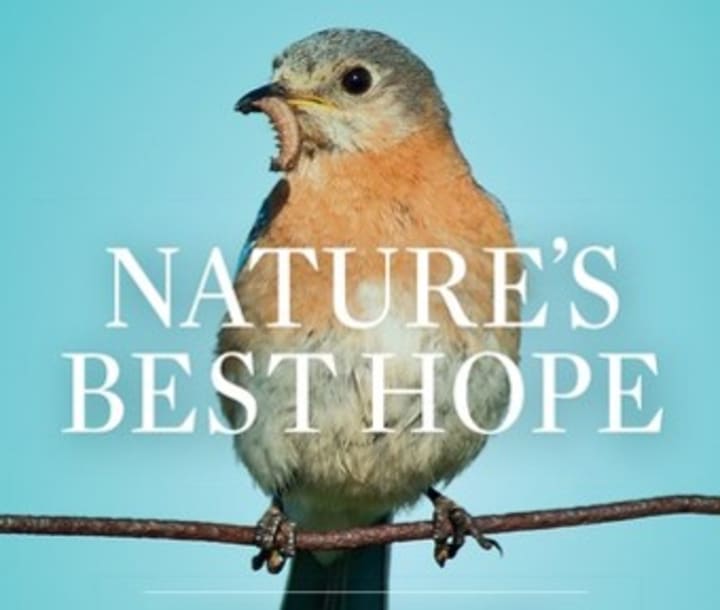
It’s such a mess, isn’t it? The topic of how we as individuals can slow the climate catastrophe train is so fraught and depressing, because even as we take radical action – having no more than one child, eliminating meat from our diets, buying hybrid or all-electric cars, thinking hard about all the places we dream of going and which very few feel essential enough to justify the noxious emissions of greenhouse gases high into the atmosphere – even as we reexamine everything about how we live, the fiercely-defended ignorance of others slows the sea change that must occur at all levels to stop this runaway train. But here’s the thing: while we do our little part to advocate for those systemic changes, we have to do what we can in our own lives. What else are we going to do? Reduce life to some logical gamesmanship where we take no action until everyone does? How can those of us who understand the impacts of everything we do convince ourselves that our individual acts are too small to matter?
Doing our part can feel like sacrifice piled on sacrifice weighing us down, just to put a grain of sand on those train tracks, but I find that there are actions we can take that push back and lift us up. Where I find some hope and energy is in the realm of natural climate solutions and looking more holistically at how we can manage the spaces around us to help the plants and animals that make up our stressed and fragmented ecosystems survive these changes. We’re all feeling overwhelmed by this challenge, but there are actions we can take that are going to make us feel better every time we look out our windows.
Natural climate solutions are changes we can make to bolster natural systems’ carbon uptake, like preservation and restoration of forests, prairies, and wetlands. In a pivotal recent study (Natural climate solutions, Bronson et al 2017), researchers found that these actions could provide over one-third of the cost-effective climate mitigation needed in the next decade to stabilize warming to below 2°C (with the rest coming from the reduced emissions on which we more typically focus). This really highlights the power of functioning ecosystems to absorb carbon, as well as how degraded these systems are – all of these potential gains come basically from countering some scattered fragments of the harm we have done. And along with that powerful new evidence that the climate needs this restoration action, there is powerful new evidence that our natural systems can be – indeed must be – sustained even at the level of our individual yards.

In Nature’s Best Hope: A New Approach to Conservation That Starts in Your Yard, Douglas Tallamy presents the case that we cannot rely on formally protected areas alone to sustain wildlife populations. The privately-owned built environment is consuming so much of the landscape that it must provide more habitat value to allow our insects, amphibians, birds, and mammals to survive. This is increasingly true in the face of the synergistic effects of climate change layered on top of habitat development. Our landscapes dominated by lawns and non-native-plants provide little habitat value for the native insects and wildlife that did not evolve with those plants. A 2018 Smithsonian Conservation BIology Institute study (https://www.pnas.org/content/115/45/11549) brings real specificity to the assertion that native plants are important in suburban landscapes, finding that chickadee populations were only sustainable in neighborhoods where over 70% of the plants in the landscape were native. That’s because native plants sustain the insects our birds need to survive and successfully raise their young.
Many of us feed birds, which is great for helping adult birds survive, but what we put in those feeders aren’t food they can give to their young. Astonishingly, about 90% of a typical baby birds’ diet is moth and butterfly caterpillars – meaning the adults must find thousands of caterpillars in close proximity to the nest - and each caterpillar species can typically feed on only a few native plants. Sometimes only a single plant species will suffice, because plants have a huge variety of ways to defend against being eaten and some butterfly species have specialized to be able to bypass the toxins and digest only one plant (think monarchs and milkweeds). This is a big part of why the non-native plant species that dominate our domestic landscapes support few native insects.

The landscapes we’ve created to please our eyes and conform to societal norms are virtual food deserts to our native wildlife. Lawns are perhaps the most egregious examples of land cover providing nothing beneficial to wildlife and cover an estimated 40 million acres in this country. Conversion of even a fraction to native plants could make a huge difference in countering effects of climate change by improving the capacity of our built landscapes to support wildlife.
Tallamy has set an ambitious goal of converting half of that lawn area – 20 million acres! – to native plantings to save our wildlife species. The carbon uptake benefits of adding trees to much of that area would be huge. And there’s hope to be found in envisioning what that would look and feel like in the spaces around us, and to think even further of how our neighborhoods would function to support our declining insects and wildlife with shifting of the entire landscaped area around us toward productive plant communities.

I inherited a house from my mother last year on a bedroom-community island across from Seattle. In the 30+ years my family has lived in this neighborhood, the small aging houses tucked in among Douglas-firs and madrones have gradually been replaced by large homes with lawns, tidy landscaping, and far fewer trees. On our 0.4-acre lot we have kept our small house and mature trees, and although we have many invasives (holly and blackberries, especially) and low-habitat-value non-native plants are dominant, there are also dense snowberries, salal, salmonberries, and other natives in thickets you can’t even see through. Passersby may shake their heads at the unkempt look of this, but the cacophony of birds you hear when you step out the door in the morning is testament to how well it works. Flickers tap on a dead madrone bole, towhees scratch through the thick leaf duff picking out insects, bumblebees buzz on the blossoms, Douglas squirrels eat fir cones, chickadees nest in our bird boxes, deer occasionally bed in a secluded area out back, and a river otter even raised her pups under the back shed one year.

To be honest I have a track record of gardening enthusiasm that flares in spring sufficiently to do a little weeding and planting, only to ebb by summer as my poor victims fall to drought and the onslaught of weeds. But reading Nature’s Best Hope has me excited to keep up the work it will take to reach 70% natives on this parcel, and to keep building complexity literally from the ground up. Because to foster healthy insect populations, we need to not only plant natives, but to accept a “scruffiness” in our surroundings, with natural, undisturbed leaf litter and dead wood under layers of shrubs and trees.
The benefits of more nest boxes and and slow process of converting to native plants without losing too much structure at once will be obvious in this setting, where (in spite of the negative habitat changes I’ve seen) much of the island-wide habitat remains intact. A pond will be a good next addition – hotter, drier summers are going to make year-round water even more scarce for our local species – especially for our pond-breeding amphibians. Hosting them in our yard will help to make sure we keep hearing their wonderful spring chorus. It’s easy to get excited about countering effects of climate change when you get such tangible benefits, rather than just focusing relentlessly on the parts that are about sacrifice.
That’s all great if you’re lucky enough to live in a habitat rich area, but what if you live in an urban area without useful habitat around you? That is a question we’ve also wrestled with. My husband and I own a <8,000 sq ft lot in a mixed industrial and dense residential neighborhood in south Seattle. It is an area where the conversation about environmental justice is building – where a diverse low-to mid-income population lives with few trees or natural areas on contaminated soils along the heavily industrialized Duwamish River.

On our lot is a small house, tiny garage, and yard dominated by grass, weeds, and the few survivors of last year’s wildflower meadow seeding experiment. We could sell and let this be developed into 3 of the narrow townhouses crammed into the skinny lots around us, each with perhaps a couple of shrubs and patch of grass. Or we can decide to make the most of this isolated plot for climate and wildlife. Our lot has nary a large shrub or tree, so the work to transform this will be considerable.
But again, every past degradation is an opportunity for restoration to counter climate change stresses. And one cool thing about the atmosphere and the greenhouse effect is it is infinitely connected - it doesn’t care where the benefits occur. Saving trees in the Amazon is hugely important for many reasons, and well worth financial contributions and political advocacy, but you can have a patch of trees in your yard with a climate benefit equivalent to a patch of trees in those distant forests. We definitely have room for some trees here, with each sequestering about 48 pounds of carbon per year at maturity, and the shade would help avoid energy-intensive use of air conditioning.
We can create a nice multi-layered habitat patch with shrubs underneath and perhaps an open area with flowers for our pollinators, which mobile species like birds and insects will undoubtedly make good use of this habitat in our tree-deficient area. Our neighbors would appreciate the improvement as well, and if others follow suit, all the better for countering urban heat island effects and improving the overall happiness and well-being of people living in this overly-paved and polluted environment. Creating a more pleasant environment with more trees in the neighborhood would also likely lead more people to walk rather than drive to nearby shops and restaurants.
We also have another important opportunity here to directly benefit our oceans. Our neighborhood is highly paved, and we live on a corner where stormwater collects from long stretches of surrounding streets and an adjacent industrial park. All of this water flows into a drain by our front yard, and from there into the Duwamish River and Puget Sound. This water makes a long trip across pavement and dumps unfiltered down the drain. And the contaminants in stormwater are a really, really big deal for salmon. We’re now seeing up to half of our returning Coho salmon die in our streams around Puget Sound before they make it to their spawning areas, and recent research has found that toxins deposited on pavement by tires are a significant cause.
We need to keep the contaminants on our streets out of our waterways. So, we contacted our local rain garden program and proposed that we work together to put in a bioswale that will allow all of that rain water to flow into our yard, in a system that will filter the water through vegetation before it flows into Puget Sound. The initial reception was very positive, so we hope we can make this happen. Lots of agencies have these programs to help homeowners cover the costs of reconstructing what are typically small areas, troughing and planting them in attractive native vegetation to filter the water coming off of your roof and other hard surfaces before it enters the stormwater system.

These are hard times to live in, without doubt. Doing anything more can sound impossible when already overwhelmed. But I encourage you to explore what you can do to help restore functioning of the natural systems where you live. When it feels like everything is just getting worse and worse, there’s nothing like putting your hands to work on making what's right around you better and better.
About the Creator
Gina King
Wildlife biologist, Northwesterner, reluctant passenger in this wild 21st century ride.






Comments
There are no comments for this story
Be the first to respond and start the conversation.